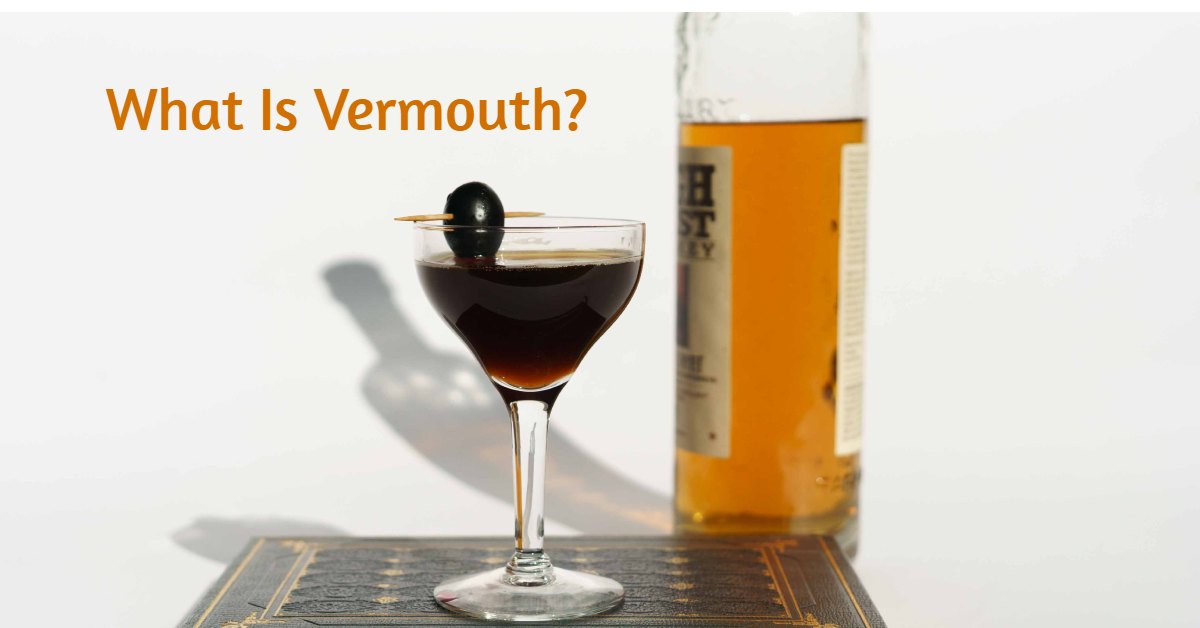Vermouth is a fortified wine that has been infused with various botanicals, including roots, barks, flowers, seeds, herbs, and spices. It is a popular ingredient in many cocktails and is used to add flavor and depth to drinks. Vermouth is traditionally made in two major styles: dry (white) vermouth and sweet (red) vermouth.
The origins of vermouth can be traced back to the mid to late 18th century in Turin, Italy. The modern versions of the beverage were first produced in this region, and the drink has since become popular all over the world. Vermouth is often used in cocktails such as the Martini, Negroni, and Manhattan, and is a key ingredient in many classic Italian drinks.
Despite its popularity, many people are still unfamiliar with vermouth and its unique flavor profile. In this article, we will explore what vermouth is, how it is made, and how it is used in cocktails. Whether you are a seasoned mixologist or a casual drinker, understanding the nuances of this complex beverage can help you to create more interesting and flavorful drinks.
History of Vermouth
Vermouth is an aromatized fortified wine that has been enjoyed by drinkers for centuries. Its origins can be traced back to the late 18th century in Turin, Italy, where it was first produced as a medicinal tonic. Over time, it evolved into a popular aperitif and cocktail ingredient.
Vermouth’s Origins
The name “vermouth” is derived from the German word “vermut,” which means wormwood. Wormwood is a bitter herb that was traditionally used as an ingredient in vermouth and absinthe. However, modern vermouths are typically made with a variety of botanicals, including roots, barks, flowers, seeds, herbs, and spices.
The first vermouth was made by Antonio Benedetto Carpano, who combined white wine with wormwood and other botanicals to create a new type of fortified wine. This new beverage quickly became popular in Turin and spread throughout Italy and Europe.
Evolution of Vermouth of the Years
Vermouth continued to evolve over the years, with new styles and variations being created by different producers. In the 19th century, French producers began making their own vermouths, which were typically drier and less bitter than the Italian versions.
Today, there are two main styles of vermouth: dry (white) vermouth and sweet (red) vermouth. Dry vermouth is typically made in France and is used in classic cocktails such as the martini. Sweet vermouth, on the other hand, is typically made in Italy and is used in drinks such as the Manhattan and Negroni.
Overall, vermouth has a rich history and continues to be a popular ingredient in cocktails and aperitifs. Its unique flavor profile and versatility make it a staple in many bars and home bars around the world.
Production of Fine Vermouth Brands
Ingredients Used For Vermouth
Vermouth is a fortified wine that is flavored with various botanicals such as roots, barks, flowers, seeds, herbs, and spices. The botanicals used in making vermouth vary depending on the producer, but some common ingredients include wormwood, which gives vermouth its distinctive bitterness, and gentian root, which adds a floral and slightly sweet flavor. Other ingredients that may be used include coriander, cinnamon, citrus peel, and cloves.
The base wine used in making vermouth can also vary, but it is typically a white wine, although red wine can also be used for some styles of vermouth. The wine used is usually dry, and sometimes sugar is added to sweeten the vermouth.
Process of Making Vermouth
The process of making vermouth involves several steps. First, the botanicals are macerated in a neutral spirit such as brandy or vodka to extract their flavors. The resulting mixture is then added to the base wine along with sugar and any additional flavorings.
The mixture is then left to age for a period of time, which can range from several weeks to several months. During this time, the flavors of the botanicals infuse into the wine, giving it its characteristic taste.
After aging, the vermouth is filtered to remove any solids or sediment and then bottled. Some producers may also add caramel coloring to give the vermouth a darker color.
Overall, the process of making vermouth is a complex and time-consuming one that requires a careful balance of ingredients and flavors to achieve the desired taste.
How to Drink Vermouth
There are many ways to drink vermouth, depending on your preference and the style of vermouth you have. Vermouth is a wine that is infused with botanicals and fortified with brandy. It comes in three main styles: dry, white (or bianco or blanc), and sweet.
Some of the ways to drink vermouth are:
- Neat: You can enjoy vermouth chilled or at room temperature, in a small glass. This is a good way to appreciate the complex flavors and aromas of the vermouth. However, you may want to choose a high-quality vermouth for this method, as cheaper ones may not taste as good on their own.
- On the rocks: You can also drink vermouth over ice, with or without a twist of citrus zest. This is a refreshing and simple way to enjoy vermouth, especially on a hot day.
- With soda water: You can make a vermouth highball by mixing vermouth with soda water in a tall glass with ice. This is a light and fizzy drink that highlights the botanicals in the vermouth.
- With sweet vermouth: You can mix dry and sweet vermouth together in equal parts, over ice or neat, to create a balanced and smooth drink. This is sometimes called a perfecto.
- In cocktails: Vermouth is a key ingredient in many classic cocktails, such as Martinis, Manhattans, Negronis, and Americano. You can experiment with different ratios and combinations of vermouth and other spirits to create your own cocktails.
I hope this helps you enjoy your vermouth. Cheers!

